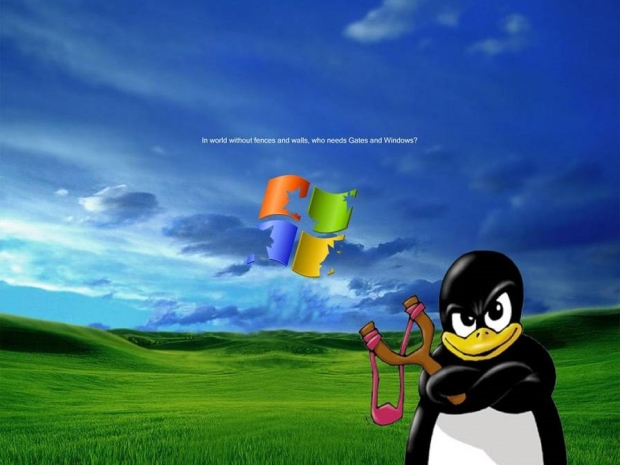Writing in InfoWorld, Asay said that open source should have changed the way all software is developed, sold, and distributed.
However open source hasn’t changed software, which is most of the time still proprietary.
What did change was the fact that people are comfortable with the idea that software can, and maybe should, be open source without the world ending. But open source has won infrastructure but not software
In 1999 Eric Raymond argued that 95 percent of software is written for use, not sale, and therefore could and should be open source. But it’s not; nearly all of that code remains closed today.
“The vast majority of software written today is still written in enterprise and not for resale. Most of it does not get used as the waste in IT software development is extraordinary. … Ultimately, for open source to provide value to all of our customers worldwide, it needs to get our customers not only as users of open source products but truly engaged in open source and taking part in the development community”, he wrote
According to a European Commission Flossmetrics study in 2009, 35 percent of all code (for sale or not) was open source, however. Asay thinks that is a very generous estimate.
Where open source worked was enterprise infrastructure. If you’re operating a data centre, you’re almost certainly using an open source operating system, database, middleware, and other plumbing. No dominant platform-level software infrastructure has emerged in the last ten years in closed-source, proprietary form.
So, platforms are increasingly open source even if applications are stubbornly closed and proprietary.
Asay thinks that enterprises don’t put their money where their open source mouth is. "There’s a lot of code that remains closed, and we should be grateful we don’t have to see it because it’s somewhat useless code beyond the enterprise where it’s written. It could be opened sourced but probably does not need to be", he said.
The reason most software remains locked up within the four walls of enterprise firewalls is that it’s too costly with too small of an ROI to justify open-sourcing it. At least, that’s the perception. Such an attitude is impossible to break without walking the open source path, which companies are unwilling to walk without upfront proof.
Asay said the chicken-and-egg problem that put a spanner in the works for Open Source was starting to resolve itself, thanks to the forward-looking efforts of Google, Facebook, Amazon, and other web giants that are demonstrating the value of the open-sourcing code.
"It is unlikely that a State Farm or Chevron will ever participate in the same way as a Microsoft, we seeing companies like Bloomberg and Capital One get involved in open source in ways they would never have considered back when the term “open source” was coined in 1997, much less in 2007."
He quotes Apache Software Foundation director and Adobe principal scientist Bertrand Delacretaz saying: “Open source works best for infrastructure software.” It’s less likely to take over application software because, as he notes, “as you go up the layers [of the software stack] it’s harder to agree on things.” It’s also true that the population of developers with interest and aptitude in a given piece of software will shrink the higher up the stack you go.”

